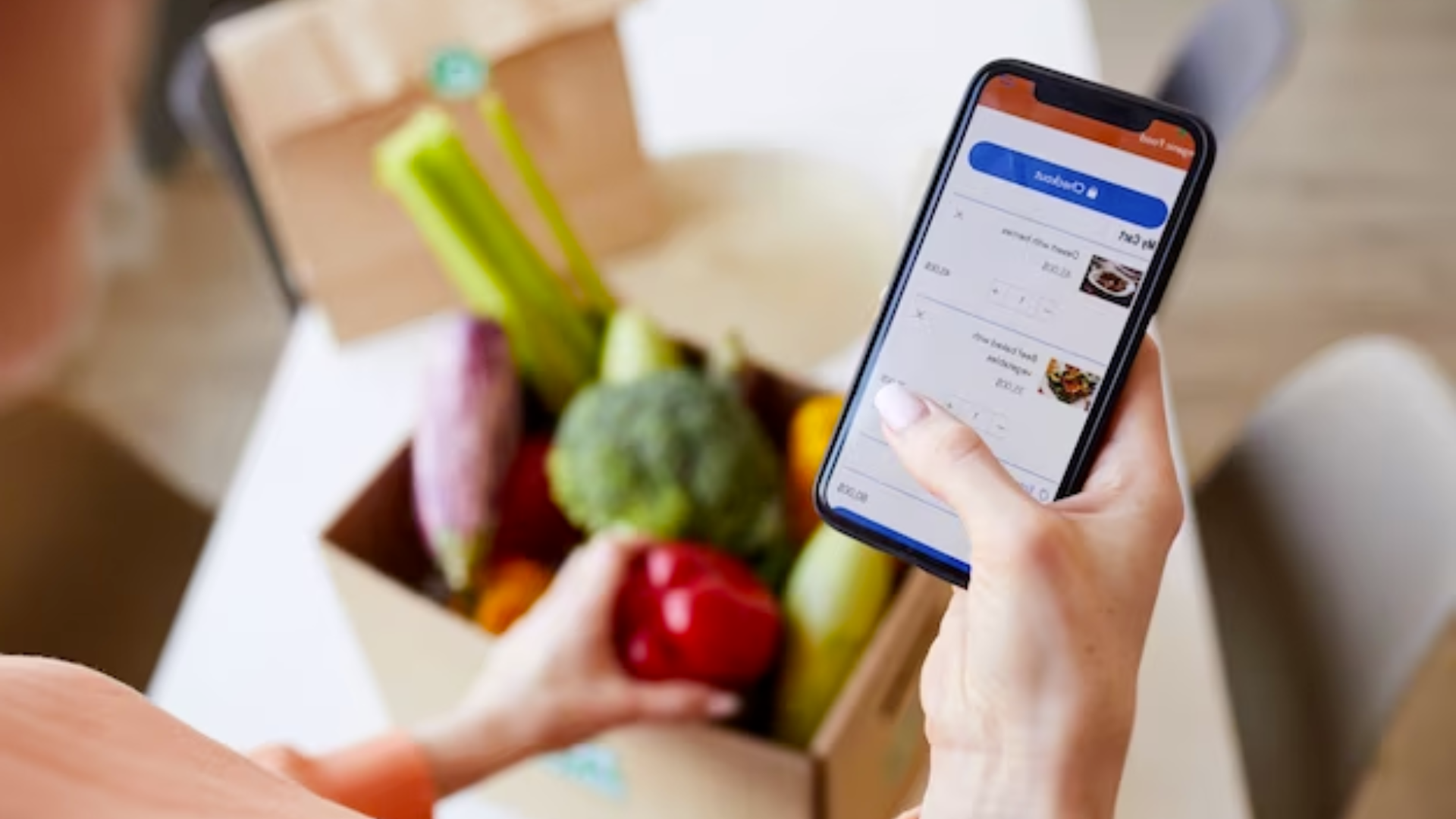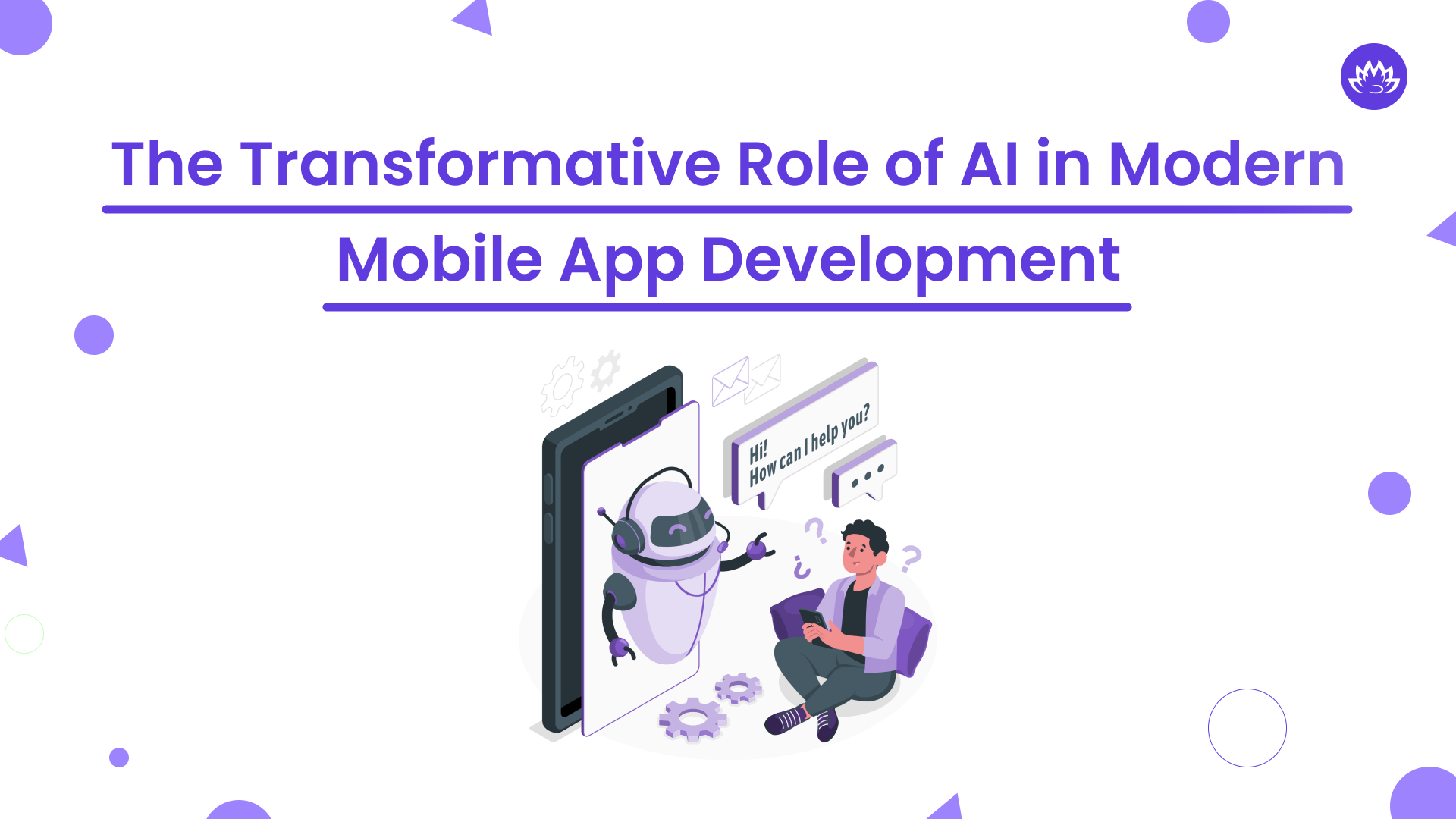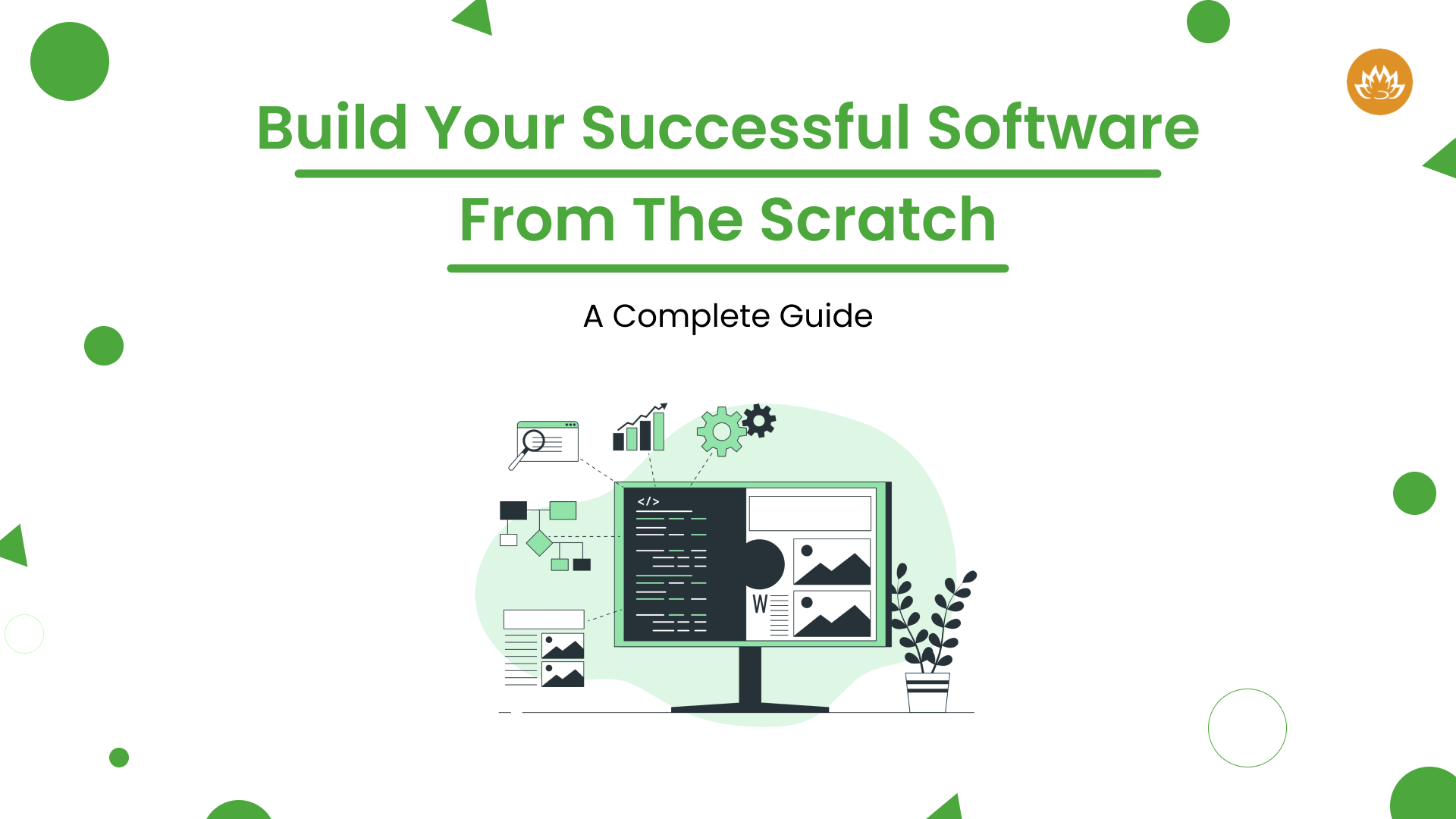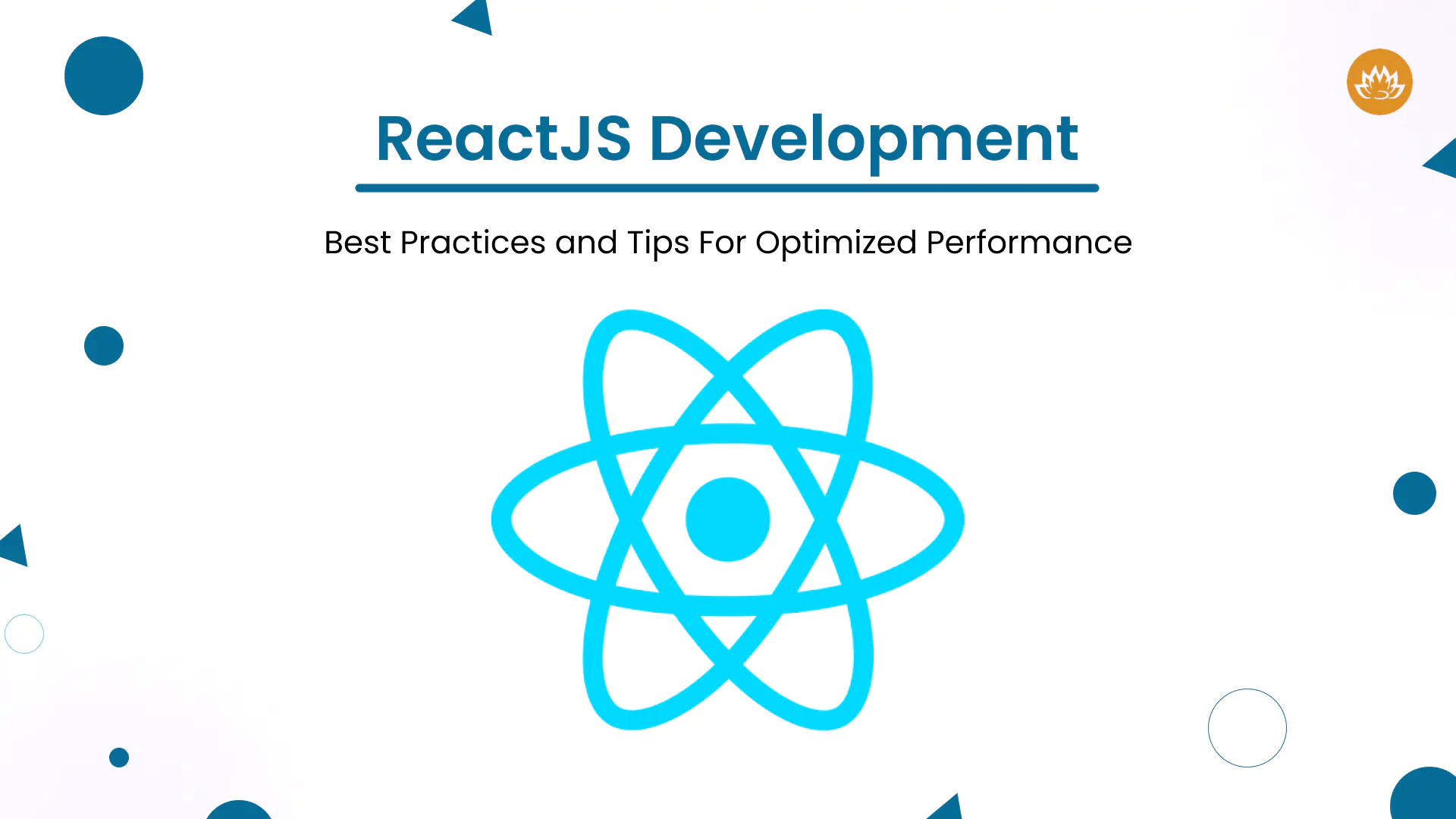The initial step of each successful e-Commerce software starts with a basic idea that the entrepreneur has. With the sudden surge of so many ideas in the market, watching businesses grow and die, and the efforts made to make these basic concepts into concrete realities, all of this is dependent on how sturdy and effective the app’s technical assistance is. All you need is the correct technological stack to develop and create a dependable, high-performing grocery app that can help your business. As a business owner, every second wasted in page speed loading translates into lost money!
So how is the distribution part of the stack directly reflected in the hand-smooth user experience? Every user prefers a seamless, simple, and easy-to-use grocery app where the order can be placed in minutes. We have encountered a few top grocery apps and their tech stacks that made them a huge success. Also, we have curated some information on how you should choose the best technology stack for your grocery delivery applications.
However, let us initially understand the basic concept of tech stack and its various components.
So what is a Tech Stack?
Technology stack is an amalgamation of various frameworks, apps, platforms, tools, and programming languages. When all these components are employed together, you can make a website or a mobile application. The concept of a technology stack emerged from the idea of layering different technological tools and platforms to build a comprehensive and functional system. This notion captures the essence of technologies being stacked upon one another to create a cohesive and integrated solution.
The tech stack ecosystem is built up with two main parts:
- The Front-end Technology (client-facing)
- The Back-end Technology (server-facing)
Front-end technology Stack
The visual aspect of a grocery application is considered a very crucial component of the grocery marketplace. And that is front-end technology stack is equally important. Primarily it includes
HTML and CSS – These technologies determine the visual presentation of web pages in the user’s browser.
JavaScript and jQuery – These front-end programming languages enable interaction with the web application and the marketplace.
All these tools are used simultaneously by front-end developers, who create designs and write programs for every single pixel, letter, and button that the client faces while browsing through the app.
Back-end eCommerce Technologies
When we talk about back-end technology, there are a diverse set of tools and frameworks that helps in fulfilling so many functions of the application.
Just to illustrate the metaphor for understanding front end and back-end functions, let us take a small example:
Just imagine you are sitting in a concert and having a good time listening to the music performance. You see the stage, musicians playing instruments, and those lights that create a captivating atmosphere. Now, this is the front end of the concert atmosphere and your overall experience.
What you are unable to see is the intricate network of cables that go connecting through the instruments with amplifiers, the backstage coordinating team, and the sound mixing equipment. Also, behind the scenes, there are technicians, engineers, and support staff who work relentlessly to ensure sound quality, handle various technical challenges, and manage the lighting effects. All these behind-the-scenes processes help the musicians to perform seamlessly for their audience.
Some of the main back-end technologies are as below:
Web Server
Web servers are software programs designed to receive requests from users, analyze them, and deliver the requested documents or output. Two prominent examples of web servers that are open source and free are Apache and Nginx that are playing a vital role in handling user requests and serving web content efficiently.
Databases
Databases are playing a crucial role in processing and managing vast volumes of business data. Some of the most popular and famous databases are PostgreSQL, DynamoDB by Amazon, MongoDB, Firebase database by Google, and My SQL.
Storage
There are many storage solutions, however, the most famous ones are Firebase Storage by Google and AWS S3 Amazon Simple Storage Solution.
Programming Language
Programming languages employ distinct syntax to instruct computers to perform desired tasks. The primary programming languages used in the website technology stack along with their frameworks are as below:
- Java (Spring)
- Python (Django, Pylons, Flask)
- Ruby (Ruby on Rails)
- PHP (Laravel)
- Scala (Play)
Famous Tech Stacks for Demonstrated Web Development
There are four most popular tech stacks used widely by various web development companies for building grocery applications:
LAMP
This the fastest tech stack leading to rapid release of any applications, however it has two drawbacks; one is low-performance and lower scalability.
- Has Linux OS
- Apache Web server
- MySQL or MariaDB Database management
- Python/Perl/PHP scripting language
Python-Django
Django Framework is used with Python enabling a better security system for backend development. It uses Apache as a web server, MySQL or PostgreSQL as DBMS, and Python as a Scripting language.
MEAN Stack
MEAN is known to be one of the best technology stacks for any ecommerce website and is widely used for creating online stores like grocery apps. It uses MongoDB/MySQL for database, Express for backend framework, Angular for web application framework and Node.js as backend platform.
.NET Stack
In the early years of 2000, Microsoft introduced its proprietary stack, which has now embraced open-source elements, gaining significant momentum.
Key components of the stack include:
- Operating System: Primarily Windows, but compatibility with Linux & MacOS is available.
- Framework: ASP.NET
- Web Server: Microsoft SQL
- Database Management: Various options are supported.
- Scripting Languages: C# & JavaScript
Here is a table presenting a selection of frequently employed tech stacks that you may contemplate when developing your store application:
Most Commonly Used Tech-stack Options for Developing Grocery Apps
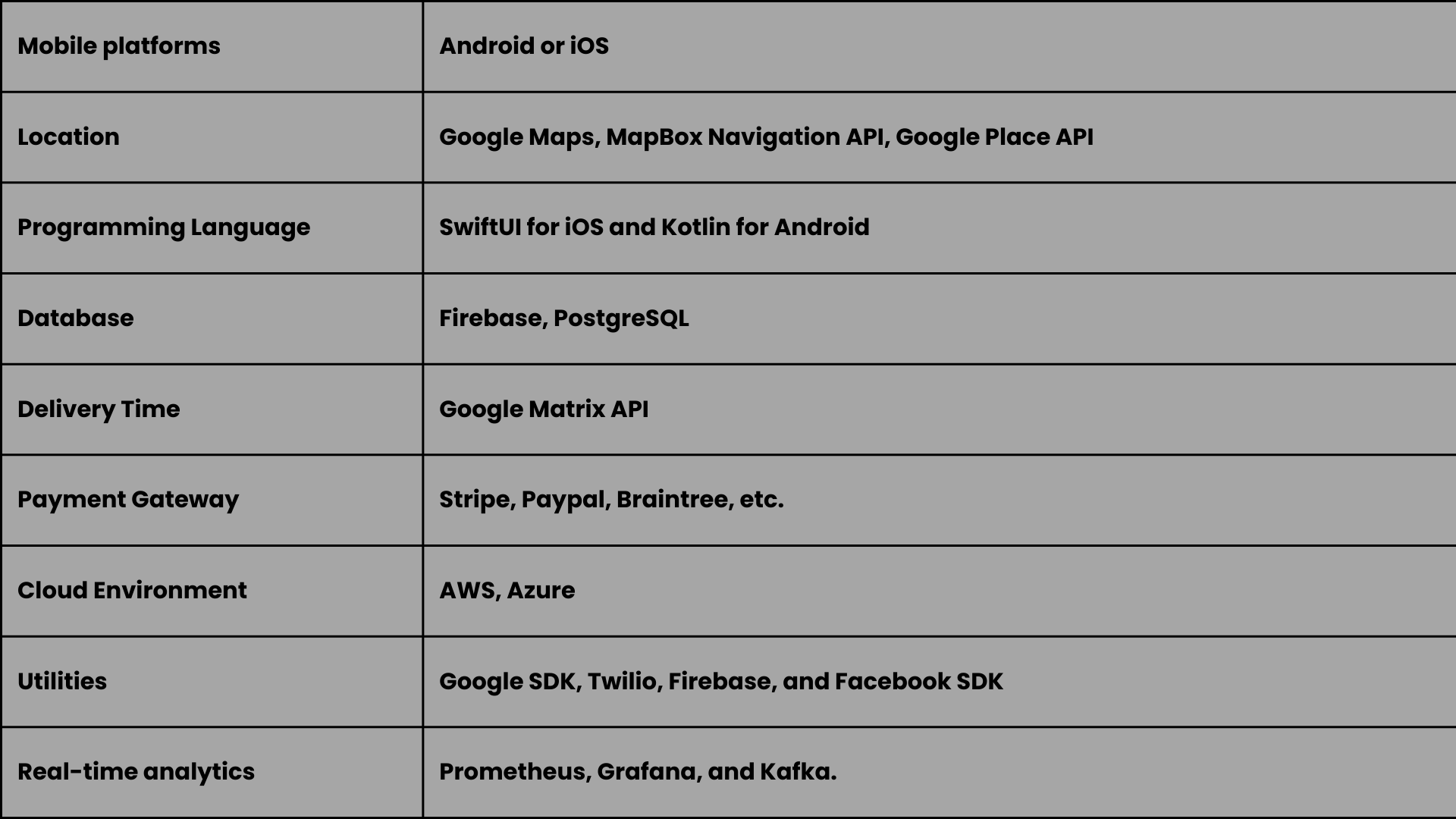
Top 3 Grocery Apps and their Tech-stacks
Big players like Amazon, eBay, Walmart, Blinkit, Big Basket, Jio Mart, Etsy, and Instacart are running successful grocery and ecommerce business models simply because they chose the most reliable and suitable tech stack as per the needs of their audience. Let us learn from some of these brands what kind of tech stack is helping them top the charts.
Instacart
- Front-end technology – Javascript and React JS to ensure user-friendliness
- Back-end technology – Node.js, Python, Ruby on Rails, Objective, etc to ensure scalability and scalability
- Event-driven technologies that reduce blocking simultaneous activities and processes
- For better performance Ruby on Rails helps a lot
- Database management – PostgreSQL for diversified full-text search, various indexing techniques, and replication types.
Big Basket
- Full stack technology – Django and Python for better integration of front-end and back-end
- Angular Js and Javascript framework for easy navigation through the grocery application
- User-centric interface to ensure more visibility
- Node.js and PHP for scalability
- Nginx for web serving, caching, and hosting.
Blinkit
Previously known as Grofers, the app revived and blew away the market by restructuring its React Native development.
- Redux for State management
- Axios for API requests
- Tslint for Linting
- Recyclerlistview for rendering large lists
- React navigation for handling routing across screens
- Swift/Java for iOS and Android
- MySQL, MongoDB, Couchbase, Cassandra for Database management
- Node.js and Laravel for Server Side
- Stripe or Paypal for Payment Gateway
- AWS, GCP and Azure for Cloud services.
Tips on How to Choose the Best Tech-stack for Building Your Online Grocery Delivery Application
Compatibility Check To Ensure Alignment with Existing Stack
So if you are new to eCommerce business and not sure about the latest tech trends in technology stacks for building grocery application development either approach on-demand grocery delivery app development company or start with the existing tools and frameworks that you have or know about. Just make sure these new tools and platforms are compatible with the current solutions that you are already providing to your target audience.
Emphasize Your Strengths With a Personalized Approach
As a startup if you have a limited budget, harness the strengths and experiences of your team. With a team of specific skilled developers and engineers, you can build high-quality grocery apps to make money and improve your business ROI.
Tailoring for the Project’s Unique Requirements
Understand your initial project needs, its maximum size, and niche-specific characteristics. Know about it thoroughly and then narrow down your choices of selecting the technology stack for Grocery application development.
Time Management By Deliberating Development Lapse Time
The time to market is much important when choosing eCommerce technologies for your project. If you require a rapid application to test an idea, a LAMP stack may be the best choice. However, if your development timeline allows for a more gradual approach, with a focus on quality and agility, you may not opt for LAMP due to its limitations in scalability and performance.
Scale with Confidence
Scalability is a critical factor that may either accelerate a company’s success or lead to its downfall. When it comes to scaling quickly and effectively, excellence in both your product and distribution stack becomes critical.
If your platforms and frameworks are incapable of rapidly scaling without large investments in people, time, and cash, the possibility of losing market share and potential profits becomes a continual concern.
Battle of Old Vs New Technology
Maturity in technology frequently refers to stability and dependability, but it may also refer to old or conservative ways.
Cutting-edge, trendy technology, on the other hand, may deliver breakthrough and novel solutions, but it may also pose obstacles along the road.
You must take care and make informed decisions. While being swayed by flashy and appealing trends may not be the ideal strategy in the world of IT.
Securing the Right Talent
Financial incentives tend to impact talent, making the two qualities interconnected. The prominence of a technology draws more developers who want to master it. Simultaneously, developers are lured to user-friendly and accessible technology.
Furthermore, while some frameworks may have a large number of developers, talent in a variety of languages and expertise is available at a variety of pricing points.
As a result, while choosing a tech stack for your eCommerce project, you must consider the availability of expertise in your local region as well as in remote places.
Smooth Sailing With Turnkey Solutions
For many years, a large developer community and the open-source spirit have grown, embracing a welcoming, empathetic, and helpful group of people. It is critical to choose technologies for your project that have extensive documentation, active community support, and enough resources.
Budgeting Wisely by Planning Hardware Requirements
Make a triple check on all the selected solutions as some software requires very limited servers to perform some basic functions. Your hardware requirement aspect must be specifically checked as it can directly impact your budget.
What is the grocery delivery app development cost in India?
The range of cost for developing an on-demand grocery application is based on several key factors. Some of these factors include the project’s complexity, the required features and their quantity, the number of developers assigned to the task, the frequency of iterations, the overall expertise of the developers, and the specific technology stack utilized to meet business needs. Drawing on our extensive experience in creating grocery applications for clients worldwide, we estimate that the grocery delivery app development cost in India typically falls between approximately $20,000 to $50,000.
What practice does Whitelotus Corporation follow for choosing a tech-stack for a grocery app:
To launch your grocery app, we first, decide on the platform and then select the appropriate technology. We then define the app size, considering different tech stacks for various project scales. Thirdly, we ensure scalability by grouping suitable tools and technologies. We then factor in the desired delivery time and finally estimate the development cost before exploring tech-stack options.
Closing Thoughts
So if you are just a startup or an established entrepreneur, seeking to expand your business digitally and tap into the potential of the growing grocery delivery market, we are here to help you. Whitelotus Corporation is an on-demand grocery delivery app development company and with a decade of ecommerce app development experience, we have helped several companies build grocery apps in USA. We offer tailored solutions to meet your specific requirements. Developing a grocery delivery app can prove highly advantageous for both customers and grocery stores, providing a user-friendly and effective platform to boost sales and outperform competitors. Collaborating with us will help you harness the best talent to position your business at the forefront of a massively expanding digital platform. Widen your market profitability share grocery apps. Visit our web and Mobile application development Company now to explore the perfect assistance for your journey toward success.
Author

Kirtan is CEO of Whitelotus Corporation, an emerging tech agency aimed to empower startups and enterprises around the world by its digital software solutions such as mobile and web applications. As a CEO, he plays key role in business development by bringing innovation through latest technical service offering, creating various strategic partnerships, and help build company's global reputation by delivering excellence to customers.
View all posts



